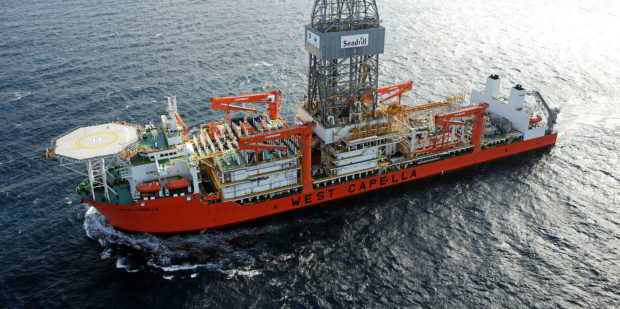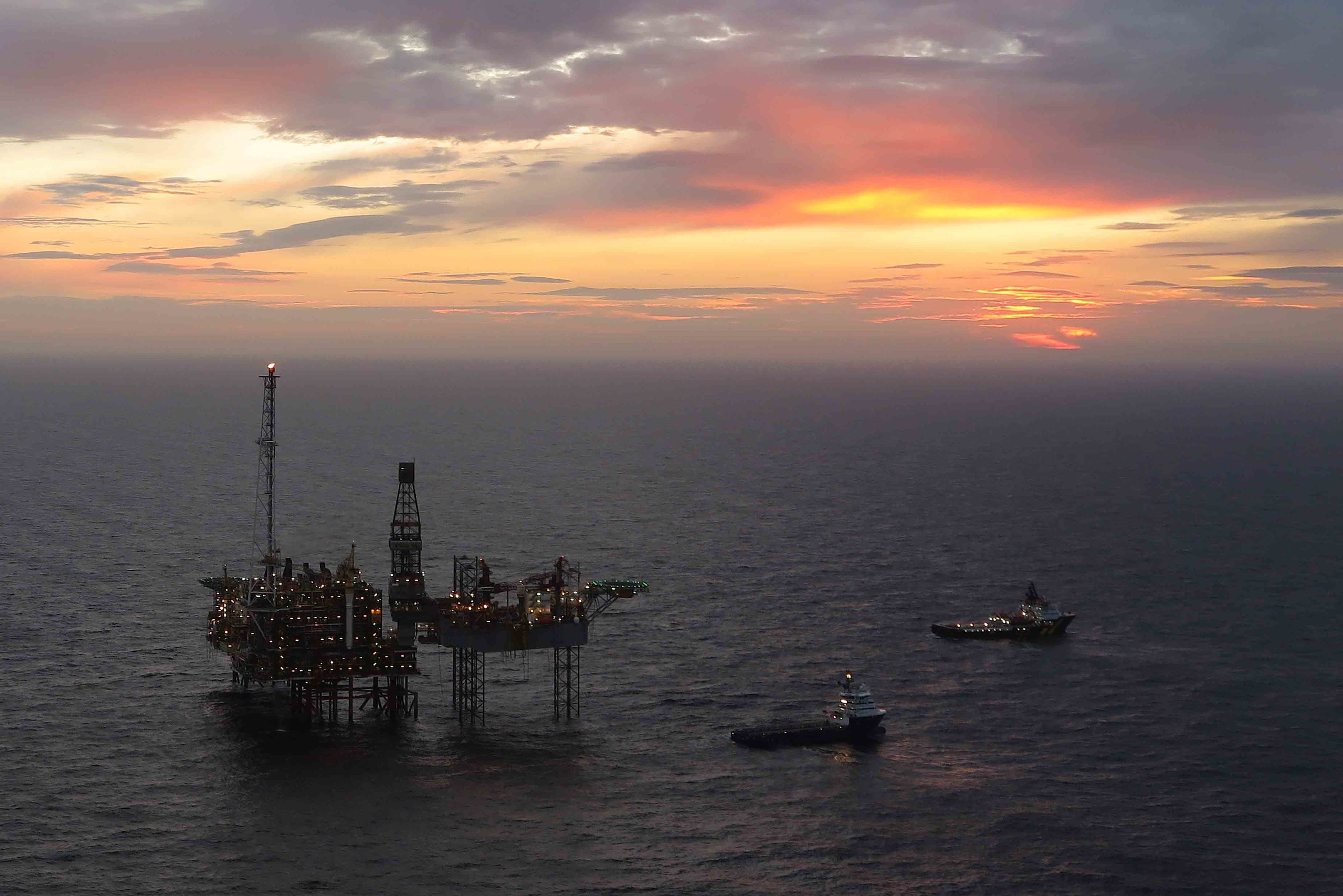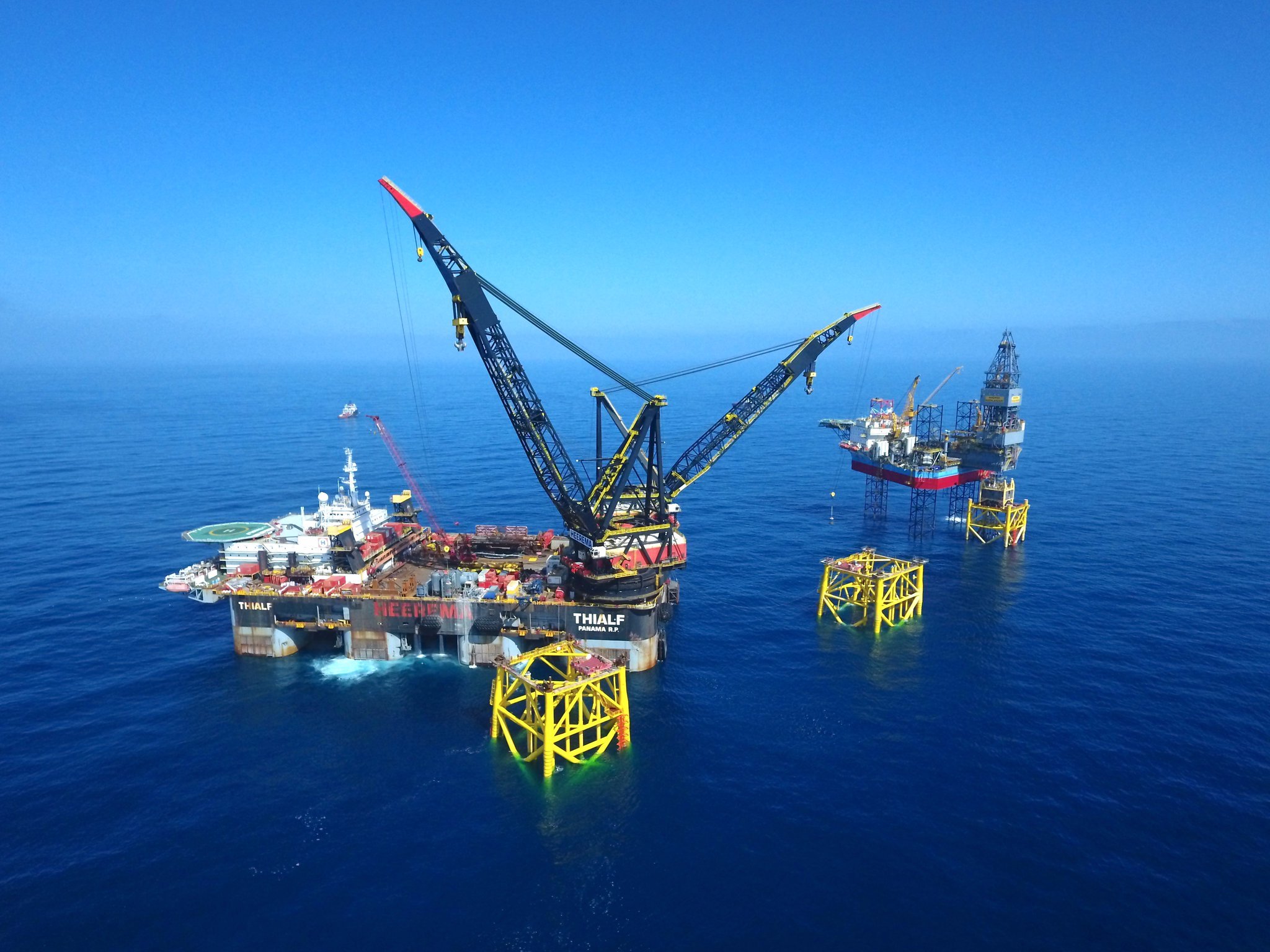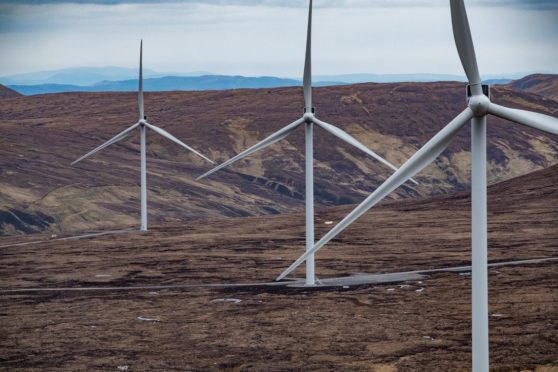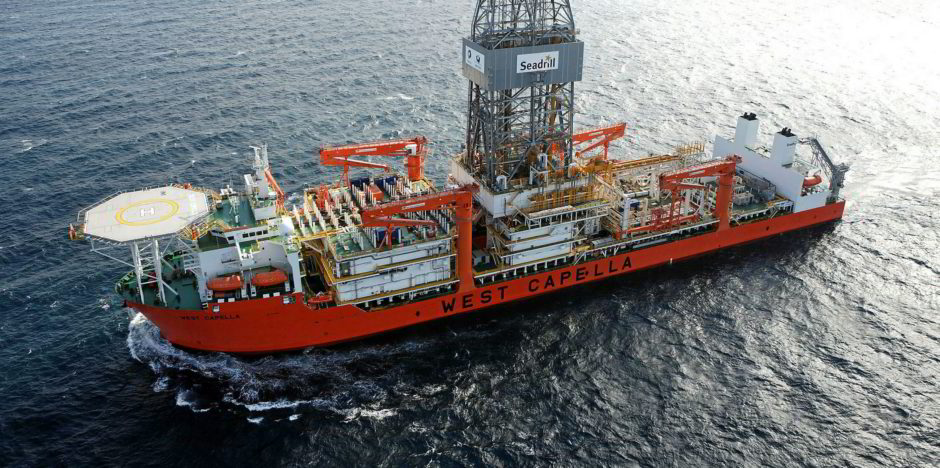
China has arguably triumphed in its face-off with Malaysia over oil and gas exploration in the disputed waters of the South China Sea.
The face-off, which initially started last December, is now over, after a Chinese survey ship and its escorts, which have recently been involved in the standoff with the West Capella, a drillship operated by Seadrill and contracted to Malaysian NOC Petronas, left Malaysia’s 200-nautical-mile exclusive economic zone (EEZ) on May 15. West Capella left the disputed waters on May 12 after completing its planned work, Seadrill said.
However, the tense standoff, although over without serious incident, affirms Beijing’s message that the unilateral extraction of new sources of hydrocarbons by Southeast Asian littoral states will not be tolerated in disputed waters.
Since mid-April, the state-owned ship, Haiyang Dizhi 8, had been surveying in the EEZ, close to where the West Capella had been operating in waters claimed by Malaysia, Vietnam, and China.
The West Capella had been carrying out exploratory drilling off the Malaysian state of Sarawak on two prospects: Arapaima-1 in Block ND1 and Lala-1 in Block ND2. Significantly, industry experts told Energy Voice that Petronas was targeting the primary play that Repsol planned to commercialise at the nearby Red Emperor field, part of Block 07/03 in the Nam Con Son basin, in Vietnamese waters, until China blocked the development in 2018.
The Red Emperor field sits in an area also claimed by China through its sweeping claim to most of the South China Sea within its U-shaped ‘nine-dash line’, which is not recognised by its neighbours or internationally by The United Nations Convention on the Law of the Sea.
Bowing to pressure from China, Hanoi ordered Spain’s Repsol to stop development work at the block in disputed waters. “The tacit implication of Hanoi’s decision was that the price associated with trying to develop these energy projects outweighed the potential benefits,” Hugo Brennan, an Asia analyst at geopolitical risk consultancy Verisk Maplecroft, told Energy Voice.
Crucially, “Repsol had made a significant discovery, which was going to be economic. It’s interesting that Petronas was chasing the same play with the West Capella and that the Chinese survey ship is trying to image what is under the seabed,” an industry expert told Energy Voice.
Indeed, the deep-water play is very intriguing. The area off Sarawak tends to be gas-prone, but a deep-water oil play is also a real possibility. While the oil companies are targeting older deeper rocks, there is potential to find younger plays too. Nevertheless, any discovery will be technically challenging to develop given the complicated geology and deep waters. Significantly, only big discoveries will be commercially viable.
Here is the problem. Nobody really knows how much oil and gas there is in the South China Sea. Much of the hydrocarbon deposits sit around the periphery and in the southern half of the seas, which advantages Malaysia, Brunei, Indonesia, Vietnam and the Philippines. And it seems claimant nations have an overly optimistic view of the potential resources.
China’s more forceful stance over the past decade is a result of the unilateral exploration activities carried out by Vietnam and the Philippines, which it believes violates the 2002 Declaration of the Conduct in the South China Sea (DOC). The DOC was designed to lay a solid foundation for practical cooperation in the area, as well as help maintain peace and stability in the sea, promote China-ASEAN relations, and serve the common interests of the parties concerned. However, all the claimants are anxious to pursue oil and gas exploration in the portions of the sea that they claim. And expectations of potentially large hydrocarbon reserves in the sea’s under-explored areas have heightened perceptions of their strategic significance, especially for China, Vietnam and the Philippines, all of which are energy importers.
In 2010, the US Geological Survey (USGS) said there was a 50% chance that the disputed areas would hold at least 10.25 billion barrels of oil, adding that the most prospective area was near the Spratly Islands. The area’s gas potential is even more promising, with between 60% and 70% of the area’s hydrocarbons believed to be gas. The USGS estimated a 50% chance of the area holding at least 134 trillion cubic feet of undiscovered conventional gas.
Southeast Asia-based industry experts told Energy Voice that the USGS estimates appear wildly optimistic. The estimates also grabbed Beijing’s attention. This has probably contributed to China’s more assertive stance in the disputed waters.
While the US estimates that the hydrocarbons in the region are valued at between $3 trillion and $8 trillion, Chinese estimates put the South China Sea deposits at between $25 trillion and $60 trillion. Therefore, it is no surprise that China, the world’s biggest energy consumer, wants to protect its claims to potential resources.
China’s harassment of Repsol and Petronas’ drilling campaigns underscores Beijing’s strategy to coerce Southeast Asian littoral states into accepting joint development with China. Moreover, following the latest incident with the West Capella, it seems to be succeeding, as oil and gas investors will think twice before fronting up cash for exploration and development work with other nations in the disputed waters given the rising geopolitical risks.
Repsol was burnt at the Red Emperor field in Vietnam. The Spanish player was in talks with Vietnam’s state oil company and national authorities about compensation for the suspension of its project in the South China Sea. But to date nothing has materialised.
Meanwhile, if Petronas’ recent exploration at Blocks ND1 and ND2 off Sarawak has been successful it is difficult to see investors lining up for development opportunities in the disputed area without approval from Beijing. Indeed, Petronas may be forced to invite a Chinese NOC to participate in the blocks if they are ever to be commercialised.
No doubt Beijing remains the clear winner from the recent standoff.

